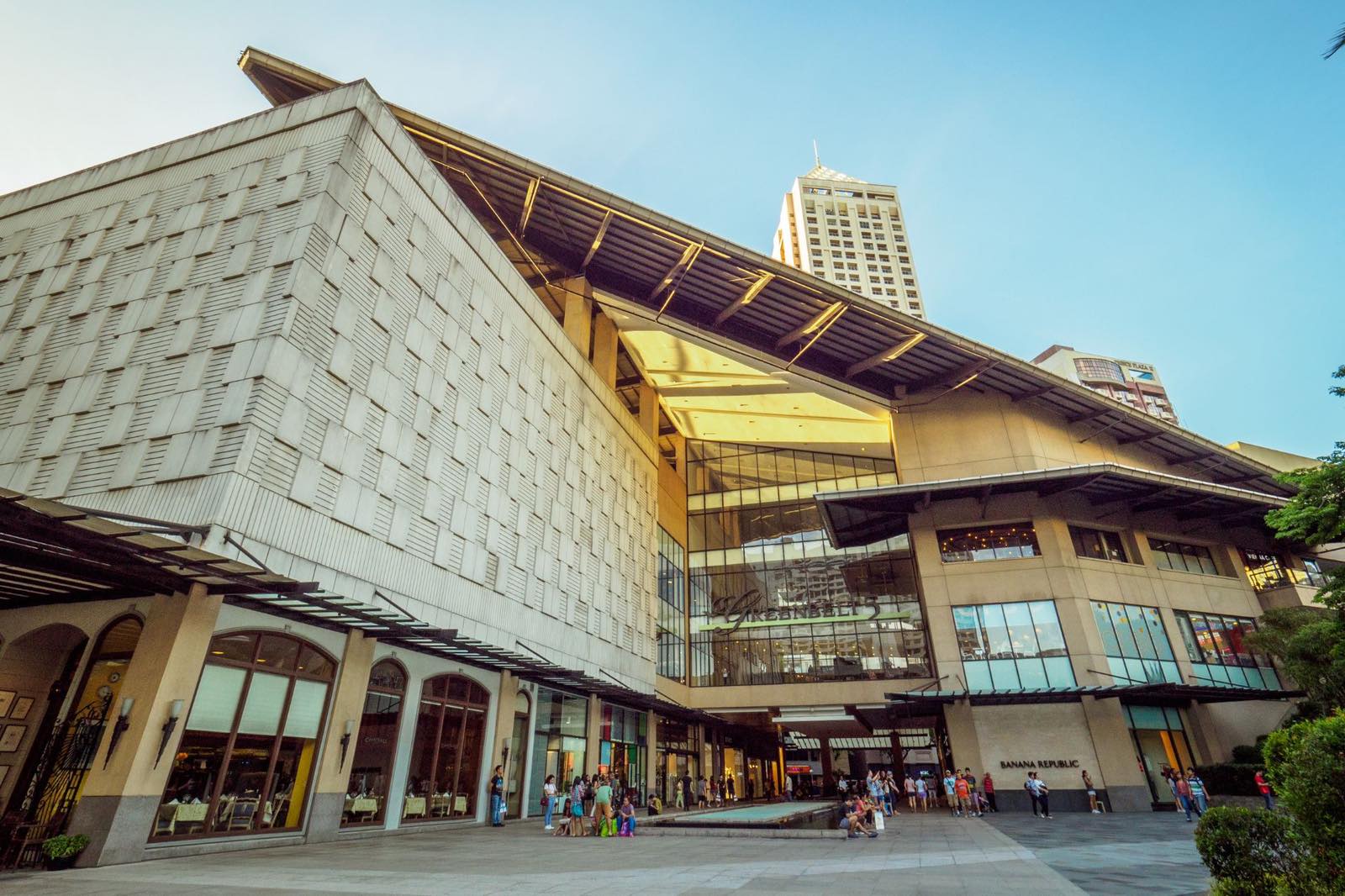Due to more mall spaces in 2024

As more retail spaces are built in the third quarter of the year, experts from real estate and investment management firm Colliers have forecasted vacancy rate to further rise to 17 percent next year from 14.l4 percent in the first quarter this year due to new available physical mall space in 2024.
 During the third quarter Philippine Property Market Briefing held at the Insular Life Building in the Makati Central Business District (CBD) on Oct. 25, Colliers Research Director Joey Bondoc said the firm’s panel of experts are “optimistic of sustained interest from retailers, especially those interested to occupy brick-and-mortar mall space in prime locations across the capital region.”
During the third quarter Philippine Property Market Briefing held at the Insular Life Building in the Makati Central Business District (CBD) on Oct. 25, Colliers Research Director Joey Bondoc said the firm’s panel of experts are “optimistic of sustained interest from retailers, especially those interested to occupy brick-and-mortar mall space in prime locations across the capital region.”
“We are projecting a slight increase in vacancy starting 2024 due to substantial delivery of new mall space,” he added.
Colliers’ retail property report indicates that vacancy increased to 14.4 percent in the third quarter from 14 percent in the first quarter of 2023 due to new supply of retail spaces.
It noted that 81,300 square meters of new retail space was completed from the second to third quarter this year, which include the Parqal Mall in the Bay Area, Kai Mall in Caloocan City, Nova Plaza Mall in Quezon City, and Greenbelt 4 in the Makati CBD. Other malls to be completed until the end of this year are One Ayala in Makati CBD, and Gateway Mall 2 in Quezon City.
Rents are seen to rise 2.2 percent faster in 2023 than the one percent growth recorded in 2022 due to more local and foreign retailers absorbing space in malls, and sustained consumer traffic.
Vacancy is expected to rise by 17 percent next year as 385,900 square meters of new retail space is built. Colliers expects the annual completion of 190,600 square meters of new mall space from 2024 to 2026, with new malls in San Juan and Quezon City.
Among the retailers that have taken up the most space in physical retail establishments in the third quarter are food and beverage (43 percent) and fashion (26 percent) businesses.
“Retail space take-up will further accelerate for the remainder of 2023 as mall operators and tenants zero in on holiday-induced spending,” said the report. This increase in retail space absorption is attributed to the effects of the Retail Trade Liberalization Law.
Bondoc said that upon dissecting the retail sector, the segments of recreation and the culture, restaurants, hotels, and transportation are doing better compared to other subsections.
“So it’s really revenge travel, revenge spending that continue to fuel retail shopping here in the Philippines…but the problem is we’re starting to see a slower, smaller marginal impact of revenge spending,” he said. He said this can be attributed to rising inflation in the third quarter.
Colliers recommends that retailers and mall operators take advantage of holiday spending, especially in the fourth quarter of the year, by utilizing activity centers and conducting events to entice mall goers and customers.
Despite the decreasing impact of revenge spending, the retail sector can still see gains with the release of employee’s holiday bonuses and influx of remittances from overseas Filipino workers (OFWs) in the fourth quarter.
The firm suggests that developers assess their retail mixes in order to cater to both local and foreign retailers, to diversify their selection of shops and products in their malls, and provide them with optimal spending outcome from consumers.
Aside from brick-and-mortar shops, retailers and developers are also advised to develop their online shopping platforms to maximize the shopping experience for customers. — Khrischielle Yalao
*****
Credit belongs to: www.mb.com.ph
 Atin Ito First Filipino Community Newspaper in Ontario
Atin Ito First Filipino Community Newspaper in Ontario






